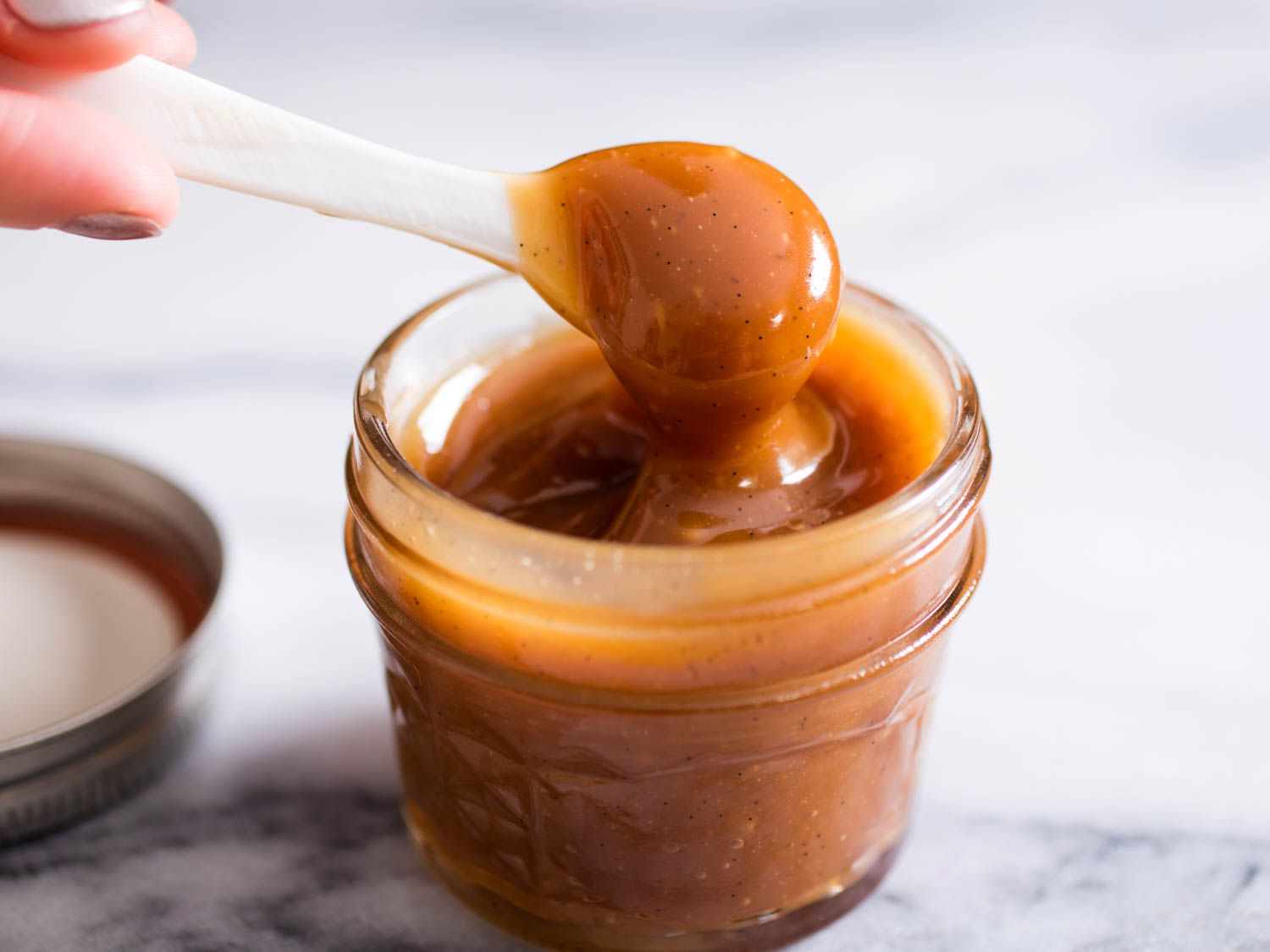I recently made a Swiss buttercream, and ran into a problem where the meringue wasn't cooling down after being heated up to the temperature I wanted before I added the butter. This was the first time I've tried making Swiss meringue after unsuccessfully attempting it with a hand mixer before. I heated the egg white-sugar mixture in the same stand mixer bowl to 165°F (took about 9 minute), then whipped it on speed 8 on my KitchenAid. My goal was to have it reach 80°F before adding my butter, which was at 68°F.
After 15 minutes of whipping, it had cooled to 94°F, but after another 5 minutes, the temperature had actually started to increase again. In fact, no matter how long I whipped the meringue, it wouldn't get below 94°F and also wouldn't get to stiff peaks; it stayed very runny. I even tried putting the bowl in my garage (with outside temperature more or less around freezing), but even after it cooled to maybe 85°F, the temperature started going up again after I whipped it again.
In the end, I was only able to get it to reach my goal temperature by rubbing the bottom of the bowl by an ice pack (alternating with ice cubes when the ice pack would get too warm) while whipping over the course of maybe 15 minutes. And only after it reached about 85°F did the meringue approach firm (but not yet stiff) peaks. But obviously this step shouldn't be necessary, so I'm wondering who to solve it for next time.
A few notes are:
150 g egg whites (100%)
300 g sugar (200%)
413 g butter (275%)
When I added the butter, I switched from the whisk to the paddle attachment and beat it in on speed 2. From what I've seen this isn't a high ratio of butter compared to other meringue buttercream recipes. Should I decrease the amount of butter, or beat it in at a higher speed?
For reference, the final temperature of the buttercream was 69°F. I've seen people say that the final working temperature of meringue buttercream should be 72-73°F, so maybe my buttercream being below this contributed to it being more dense and hence too buttery. However, it also seemed very creamy and soft at this temperature, so I'm not sure if it really ought to be at a higher temperature.
![IMG_20201224_160658[1].jpg IMG_20201224_160658[1].jpg](https://www.baking-forums.com/attachments/img_20201224_160658-1-jpg.3514/)
After 15 minutes of whipping, it had cooled to 94°F, but after another 5 minutes, the temperature had actually started to increase again. In fact, no matter how long I whipped the meringue, it wouldn't get below 94°F and also wouldn't get to stiff peaks; it stayed very runny. I even tried putting the bowl in my garage (with outside temperature more or less around freezing), but even after it cooled to maybe 85°F, the temperature started going up again after I whipped it again.
In the end, I was only able to get it to reach my goal temperature by rubbing the bottom of the bowl by an ice pack (alternating with ice cubes when the ice pack would get too warm) while whipping over the course of maybe 15 minutes. And only after it reached about 85°F did the meringue approach firm (but not yet stiff) peaks. But obviously this step shouldn't be necessary, so I'm wondering who to solve it for next time.
A few notes are:
- My kitchen temperature was at a fairly normal 22°C roughly, so I don't imagine that had any large effect.
- I have a bowl-lift stand mixer, so it have the "foot" in a tilt-head stand mixer bowl that retains heat.
150 g egg whites (100%)
300 g sugar (200%)
413 g butter (275%)
When I added the butter, I switched from the whisk to the paddle attachment and beat it in on speed 2. From what I've seen this isn't a high ratio of butter compared to other meringue buttercream recipes. Should I decrease the amount of butter, or beat it in at a higher speed?
For reference, the final temperature of the buttercream was 69°F. I've seen people say that the final working temperature of meringue buttercream should be 72-73°F, so maybe my buttercream being below this contributed to it being more dense and hence too buttery. However, it also seemed very creamy and soft at this temperature, so I'm not sure if it really ought to be at a higher temperature.

